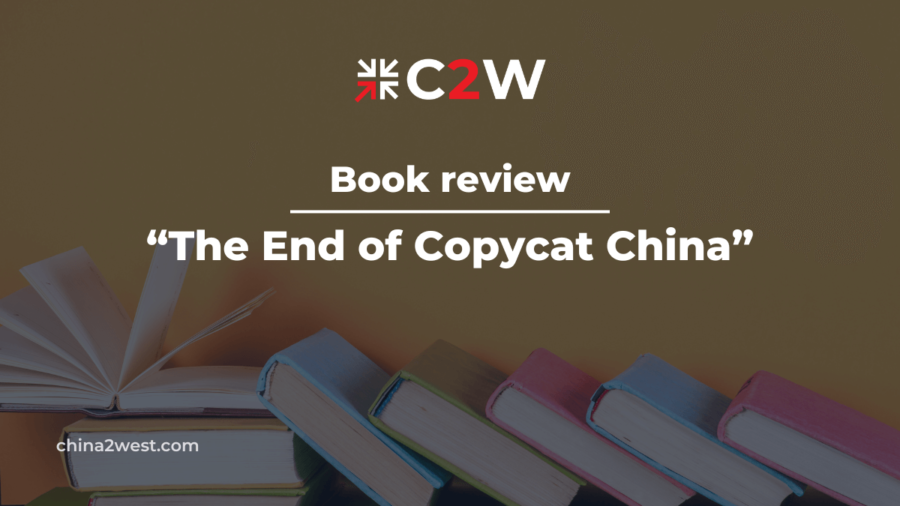Just when everyone thinks the sole focus of China right now is placed on mitigating the widespread Omicron outbreaks in Shanghai and some other parts of China, Beijing has just announced new guidelines to create “One Unified Domestic Market”[i], aiming to push for more efficient and fair circulation of the domestic economy, against the backdrop of “Dual Circulation” economic strategy.[ii]
As the pandemic drags on, especially with this extremely contagious variant, the general public becomes increasingly fearful of sluggish economic growth, proved by the official statistics of the last two months, due to these on-and-off clusters impacting several major manufacturing and commercial hubs. Economic revitalization is in dire need, which some analysts view as a motive for a reform that encourages a more vibrant economy, although some others think otherwise as a policy takes time to brew and it has been on Beijing’s to-do list for years already.[iii]
Also in the meantime, Beijing seems to have found the silver lining of economic underperformance – it might be a good time for some internal house-cleaning, sweeping away systemic defects, since the economy will keep disappointing for a period of time anyway. Several big moves that have been made since the pandemic started somewhat validate this speculation, such as crackdowns on monopolistic practices in several industries, even including tech giants. This new strategy doesn’t come off surprising to many. In fact, it comes at an interesting timing when the economy needs revitalizing, given quite a number of pro-free market policies encompassed.
Will it be a good sign for foreign businesses?
Local Protectionism On Its Way Out
At least when it comes to easier market access, it is.
China doesn’t have a recognized reputation of embracing the western style of free market. Even within China, provincial policies can still differ to a great extent. The east and south coastal provinces tend to be more liberal with influence of international trade, while the north seems more conservative, partly owed to its socialist economy past. The differences in political interest, systems and governing mindsets have added immense difficulty in taking down the market barriers. And since the trade war between the US and China, the business environment for foreign-owned enterprises in China has been viewed by many as more and more unfriendly.
In order to form a unified domestic market, the guidelines call for efforts to do away with local preferential policies that hinder flexible and market-driven allocation of resources and capital.
This is not something normally outlined in the national level, but the more delightful part, especially for foreign enterprises, is that the guidelines specify a thorough clean-up of discriminatory policies and practices against foreign businesses. The efforts, at least in the writing, don’t stop just right there. The central government plans to take it to the next level by establishing a system for fair market access and competition, standardizing entry requirements for all business entities, regardless of origin. i
Foreign businesses undoubtedly welcome the policy for the equal opportunities that will be given to contribute to the Chinese economy.[iv] This can also be interpreted as one of the “Dual Circulation” strategies. With the domestic demand looking to expand as the sign of “internal circulation”, resources need to follow up and satisfy, which won’t happen without a fair and demand-driven market.
Increasing Market Transparency
For many foreign businesses, especially those from the west, anticipating tapping into the largest consumers market in the world, the different business environment and a complicated culture might be the trickiest parts that get in the way.
The attempt to remove market blockades won’t be realized without a fair and transparent business environment and regulation oversight, which has also been addressed in the guidelines. More specific measures include creating a market-oriented environment that measures up to international standards, simplifying and optimizing administrative procedures and services, and establishing a more transparent, unified and stable supervision system as well as a full-coverage credit information network. i
China identifies its economic system as combination of being both demand-driven and administratively interventional. Due to the nature of Chinese politics, the latter can be outweighed often times, especially in a regional level. If these policies can be enforced properly, it will well resolve the issue of sometimes conflicting regional regulatory procedures and law enforcement behaviors, which has been a concern for many businesses, especially the foreign ones who already come with fundamental cultural confusions.
The new policies have also been well-received by some experts, deeming it beneficial to residents’ life as it effectively enhances the involvement of market demand and supply in big data and be less dependent on government intervention. iii
Better IP Protection
Efforts that China has put into IP protection have been plentiful, but given the complexity of such a massive economy, this is still a concern for many businesses, especially ones which pretty much live on their intellectual wisdom. That’s the case for many international businesses in China. Therefore, IP protection has always been an issue of concern.
As aforementioned, a fair market requires fair competition, where IP protection is an important leverage. The new guidelines take a step further by advocating a unified system of IP protection, which is not limited to administrative divisions, but also justice and law enforcement. On a regional level, the guidelines urge local governments to clarify any ambiguous regulations and procedures, bridge the gaps between law enforcement and justice, secure judicial discretion, and establish communication system of mediation and legal disputes between different regions. i
As China’s technological advancement excel, merely for its own benefits, IP protection will remain on China’s key agenda for the foreseeable future. The new policy provides an advantage co-shared by domestic and foreign companies. Judicial efforts have been demonstrated in recent years with several landmark lawsuits. With the implementation of the policies, IP protection will be less of a headache for many businesses.
Challenges
It’s very clear the government still has their focus set on pandemic control so far. Experts doubt if these big steps can be put into action quickly enough to save the current economic bottlenecks, as most of these policies take many follow-up policies for implementation. iv
The guidelines are also considered by many as supplementary efforts to support the “Dual Circulation” strategy. [v] One key point is to grow a bigger middle class with stronger spending power to back up the “internal circulation”, referring to boosting domestic demand to be less dependent on export-oriented production and re-strategize the economic structure. This is believed to be the direct result of the pandemic and the ongoing geopolitical disputes. ii
But in general, Chinese people are known to be financially cautious and conservative, which means with the pandemic still in sight and scarce confidence for the economy, their willingness of consumption remains rather moderate, if not little, and probably will still do until after it blows over and the economy recovers. A “Unified Domestic Market” may be able to remove some obstacles, but may likely be not enough to solve the root cause.
Also, because of the difference in detriment COVID has caused to different regional economies, local governments may have very different reactions to the new policies and some of them may prefer to hold onto a certain level of local protectionism to protect the local businesses. Since they will be the executors of the policies, it can risk effectiveness of them. As is mentioned, conservative provinces may even strike a passive aggressive tone, and their local politics is usually very intertwined and complicated, adding another layer of challenge to implement these rules.
At least, the new guidelines demonstrate a more welcoming gesture to foreign businesses than before, which is pretty uncommon compared with other economies given the current climates. Just bear in mind, Chinese economy still relies on quite a decent level of external business as years of being the “World’s Factory” have determined its nature as outward. It is pretty much unlikely, or unrealistic to get to a point where the overall environment becomes hostile to foreign businesses.
With that said, if you are looking to manufacture in a country with technical maturity, affordable and skilled labors and well-developed infrastructure, China is still your option. C2W, with 16 years of being mixed of British background and China experience, will be your ideal choice. Please feel free to contact us.
[i] https://database.caixin.com/2022-04-10/101868061.html
[ii] https://en.wikipedia.org/wiki/Dual_circulation
[iii] https://opinion.caixin.com/2022-04-11/101868433.html
[iv] https://www.scmp.com/economy/china-economy/article/3173886/china-accelerates-inward-economic-pivot-plan-create-unified
[v] https://economy.caixin.com/2022-04-11/101868346.html


